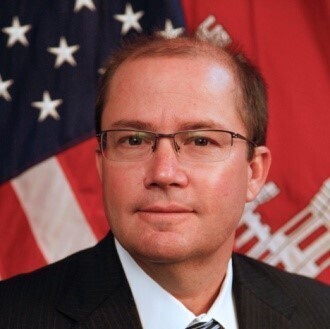Home >
Landing Page >
Past Events >
SIWW2022 >
Programme >
Thematic and Business Forums >
Speakers and Moderators >
Mark Wingate
Mark Wingate
Deputy District Engineer for Programs & Project Management, US Army Corp of Engineers (New Orleans District)

Mark R. Wingate, P.E. serves as the Deputy District Engineer for Programs and Project Management for the U.S. Army Corps of Engineers New Orleans District. Mr. Wingate is delegated full authority for management decisions related to all major District programs and projects. Projects include flood risk management, storm damage prevention, navigational projects such as channel improvements and lock & dam construction, environmental and coastal restoration/sustainability, river stabilization and harbor development.
With over 30 years of project management, planning and engineering expertise, Mr. Wingate brings firsthand knowledge of USACE traditional and non-traditional Civil Works programs, policies and regulations and the know-how and commitment to drive successful project delivery. He is responsible for delivering the New Orleans District Civil Works program with an annual program estimated at nearly $1 billion in close coordination and collaboration with sponsors and stakeholders at all levels of government.
Presentation Title & Synopsis
An Overview of the Greater New Orleans Hurricane and Storm Damage Risk Reduction System (HSDRRS)
In response to the devastation to New Orleans, Louisiana, in the aftermath of Hurricane Katrina on August 29, 2005, the U.S. Government allocated $14.6 billion for the development of a comprehensive systems approach to storm surge risk reduction for the Greater New Orleans area. This presentation will discuss the planning, design, and construction of the Greater New Orleans Hurricane and Storm Damage Risk Reduction System, including the hydraulic modeling efforts (incorporating relative sea level rise) undertaken to enable risk-informed decision-making. These efforts resulted in improved levee design standards, while research and development of armoring earthen levees resulted in increased levee resiliency and risk reduction in the event of levee overtopping. The best practices and lessons learned from the U.S. Army Corps of Engineers experience designing and building this complex system will also be discussed.
